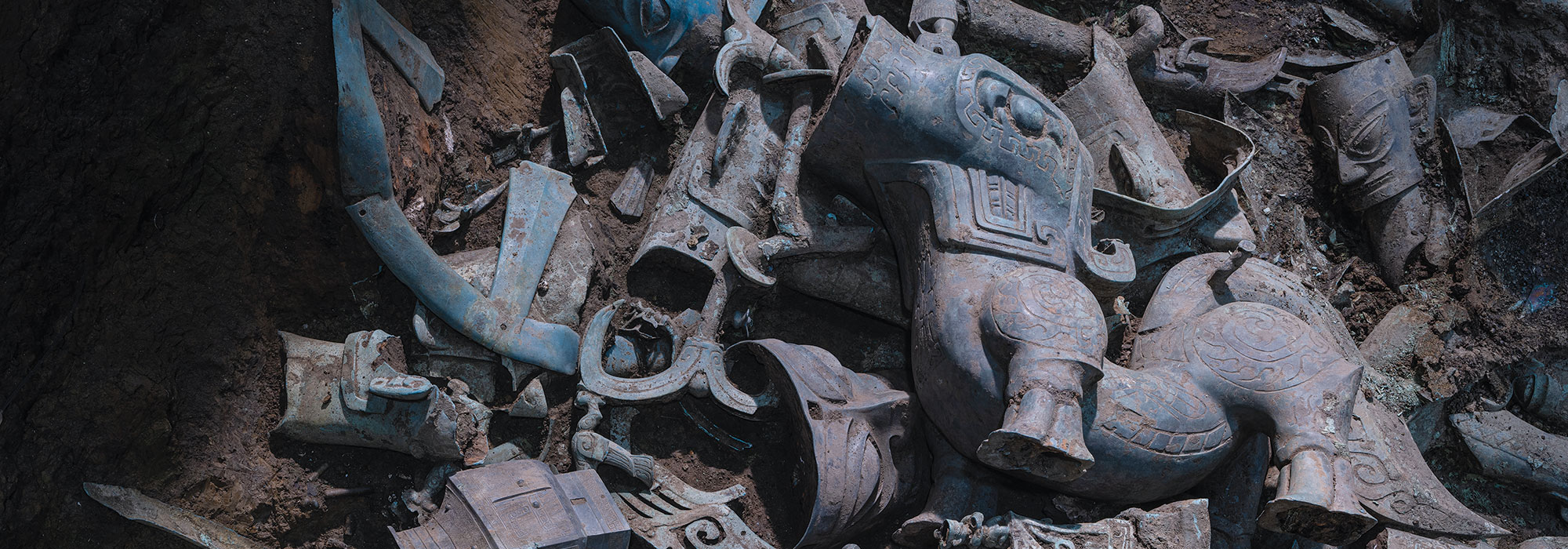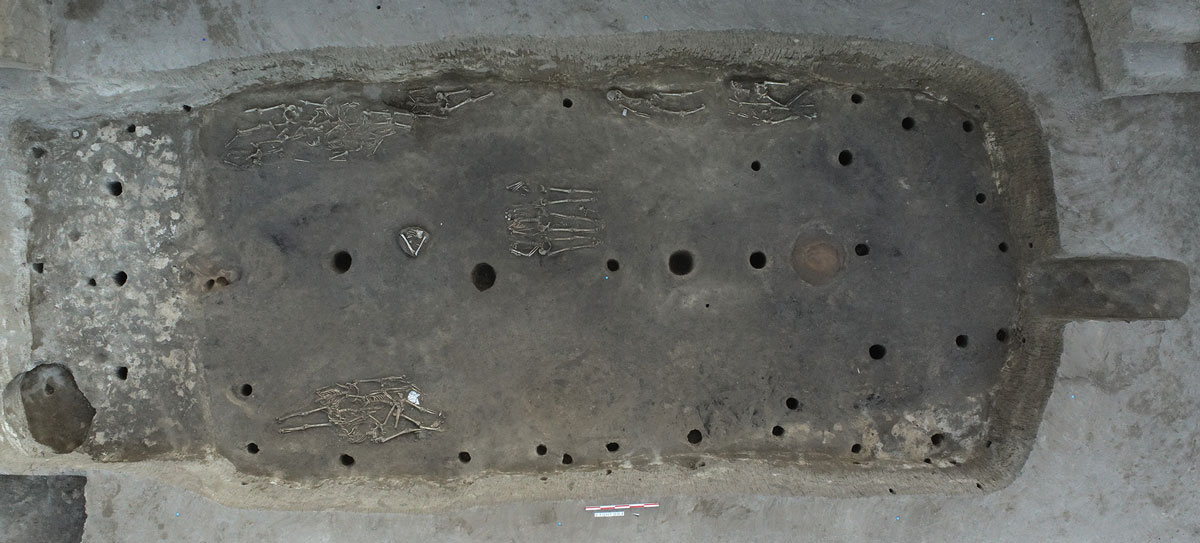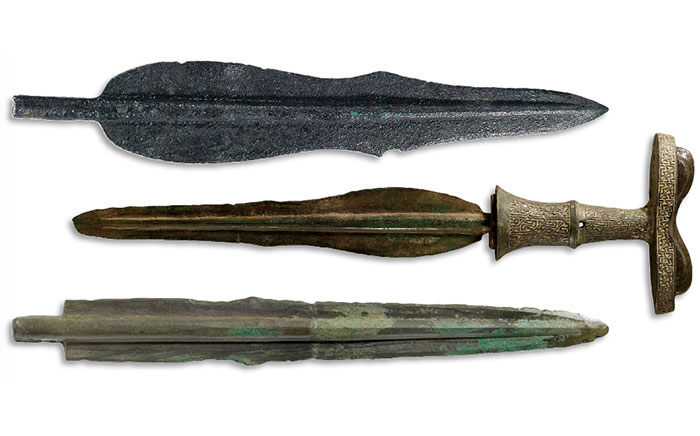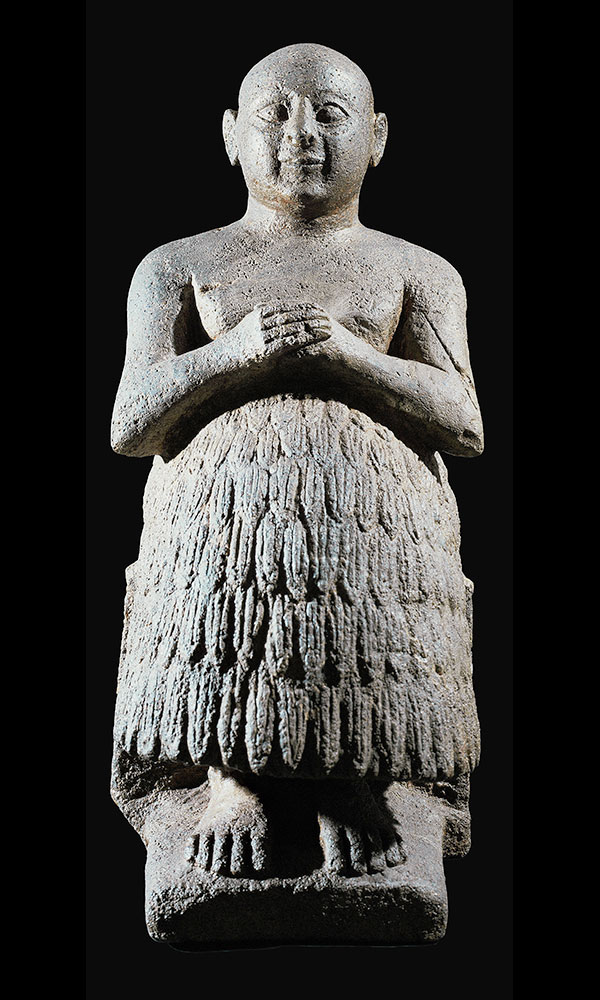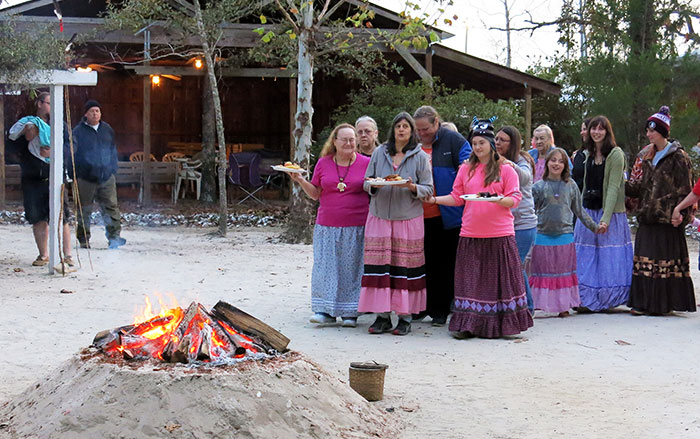
OXFORD, ENGLAND—It had been previously believed that the first rice grown in northern China, Japan, and on the Korean peninsula was only of the sticky japonica variety, which requires cultivation in dry fields. But a team led by Masahiko Kumagai of the University of Tokyo obtained DNA from carbonized rice ranging in age from 900 to 2,800 years old found at archaeological sites in Japan and Korea. The scientists then compared the genomes of the ancient rice samples to a database of more than 200 cultivated and wild rice DNA samples from around the world. They found that some of the ancient grains seemed to be more similar to the indica variety of rice, which has a long grain, grows submerged in water, and is usually associated with the tropics. This suggests that the crops were moved long distances. Michael Purugganan of New York University told The Christian Science Monitor that early farmers may have tried to grow “everything they could get their hands on,” until they developed a crop that adapted well to the environment. To read about the earliest evidence for tea drinking in China, go to "The Price of Tea in China."



